Copyright Caligrafikas
We've been getting a lot of queries on the Princeton Artist Brush off late and it seems to have extended to the Modern Calligraphy community and not our traditional artist.
For us, we chose to supply Princeton Artist Brush because unlike other brush companies, Princeton concentrates and specialises in making ONLY brushes and their brushes are really value for money as they are quality built and will last very long if you care for the brushes appropriately.
Copyright Jenna Rainey
Copyright Caligrafikas
.
Check out what some big names in lettering artists love using from the Modern Calligraphy Summit in the video below
.
.
A little bit about their brushes:
BRUSH SHAPES
BRUSH CARE AND MAINTENANCE
A little bit about their brushes:
BRUSH CONSTRUCTION
HAIR - Just as they were in the past, artists’ brushes are still crafted by hand. Brush makers hand “cup” the hair to shape, so that each strand falls into place, giving the brush a fine tapered point or a clean, straight edge.
Hair is the most important and expensive part of the brush. We use the highest grade of hair to give you the best quality for your money.
Most hair types vary in quality. For example, all bristle hair is not the same; there are many different grades. The better grades offer unique properties, which enable them to hold more color and retain their shapes. Princeton offers a complete selection to meet different needs and budgets. Remember that a better quality hair makes a far better brush, and a better quality tool makes painting easier and more enjoyable.
FERRULE - This is the metal band, which holds the hair to the handle. Nearly all of our brushes have nickel-plated, seamless ferrules, so they will not rust or split.
HANDLE - Different hard woods are used, depending on where the brushes are manufactured: domestic or overseas. Handles are proportioned to balance in your hand and to give you more control. Three layers of lacquer and varnish are used to protect the wood from swelling and to shield the finish from cracking.
Hair is positioned within the ferrule to give maximum snap or responsiveness without going limp. This often means that as much as twenty five percent of the hair falls inside the ferrule or is trimmed at the back end, to allow secure fastening of the handle. The hair is thoroughly glued to the ferrule. The glue “seals” the ferrule, preventing any seepage of water or medium into the brush. Gluing the hair to the ferrule also prevents shedding of the hair. In addition, we crimp the ferrule to secure its hold on the handle.
HANDLE LENGTH - Generally the long handle, about 9” in length, is for easel work/traditional oil and acrylic painting. A short handle, 5” to 6” in length, is for watercolor and other painting done at a table.
SIZE - Using an appropriately sized brush head will save painting time and premature wear. Use of smaller size brushes, below size 4, are usually for detail work, medium sizes, 4 to 6, are for small areas, and large size brushes, above size 6, are for broad spaces.
BRUSH TYPES
BRUSHES FOR ACRYLIC - Synthetic hair brushes provide a smoother stroke than natural bristle, retain their stiffness, and when used with acrylics and other water based media, clean easily with soap and water. Most synthetic hair brushes are also more durable. When used with acrylics, natural bristle brushes tend to lose their stiffness, though natural hair brushes often carry more color. It is a matter of preference: synthetic or natural hair.
BRUSHES FOR OIL - Natural bristle brushes are not all alike. Yes, all hairs come from hogs or boars, but many factors affect the performance of the brush. The stiffest and the most desired bristles come from Chungking and Shanghai in China. The best bristle has long, soft split ends called “flags,” which increase the brush’s color-carrying capacity. Generally speaking, the more flags a brush has, the more color the brush holds. Control is further enhanced when the hairs curve inward and become interlocked. A good interlocked brush will maintain its original shape, help you to control the placement of color, and add textural qualities. Some artists who use acrylics prefer natural bristle, while some oil painters choose synthetic brushes. Again, it is your choice.
Sable is also used for blending and for fine detail in oil color. Unlike bristle, sable does not show brush strokes. Although natural bristle brushes can be used with acrylics, sable is not recommended.
BRUSHES FOR WATERCOLOR - Selecting the right watercolor brush can be both challenging and confusing. Natural hair, synthetics and combinations of the two offer seemingly endless choices. For example, sable hair is often recommended for watercolor painting. However, there are many different grades of sable. Even within the finest grade of sable, Kolinsky, there are variations in hair quality. In synthetics, two brushes can have the same hair color, but that may be where the similarities end. Inexpensive synthetic brushes often use a single diameter filament while better quality brushes are a blend of filament sizes. Multi-diameter filaments hold more color and are designed to simulate natural hair. Synthetics are often more durable and usually less expensive. The best synthetics and synthetic sable blends are indistinguishable in performance from many natural hair brushes.
DECORATIVE BRUSHES - Decorative artists have very specific needs related to the limitless techniques and mediums they employ in their art making. For that reason, our decorative series come in the broadest range of shapes and hair types. Our signature line, Select™, comes in 29 different shapes, includes 7 different types of hair filament and now features Petite brushes for fine detail painting.
Learn more about Select™ and other Princeton decorative series at inspiredbywillow.com
Brushes are an investment. If used and cared for properly, your brush will last a long time and perform better. A few basic suggestions:
- Do not immerse the brush in paint up to the ferrule. Wet paint is hard to remove from this area and, if it dries, even more difficult.
- Remove all excess paint with a rag or paper towel.
- Never leave a brush soaking in water or mineral spirits for an extended period of time.
- Never let your brush rest on its head. There are many accessories available that will suspend your brush.
- Watercolor and acrylic paint should be cleaned with mild soap and water. Oil paint should be first cleaned with mineral spirits or turpentine and then with soap and water.
- After cleaning, remove excess water, reshape the hairs into place with you fingers, and stand the brush upright on the handle to dry.
A little effort will protect your brush and save you money.
- - - - - - - - - - - - - - - - - - - - -
To buy these professional artist grade brushes in Malaysia, please visit Scrap-n-Crop.com.
In addition to artist brushes, we have the Catalyst range of products fromPrinceton Artist Brush Co as well.
In addition to artist brushes, we have the Catalyst range of products fromPrinceton Artist Brush Co as well.
Click HERE to shop.



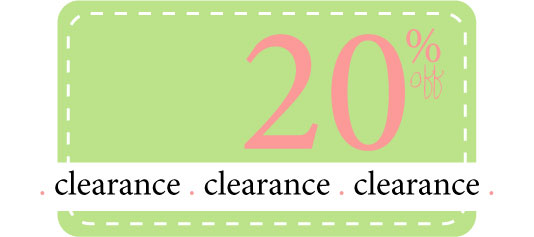
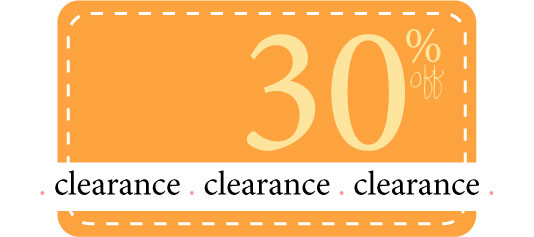
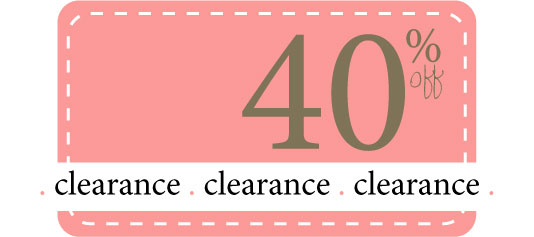
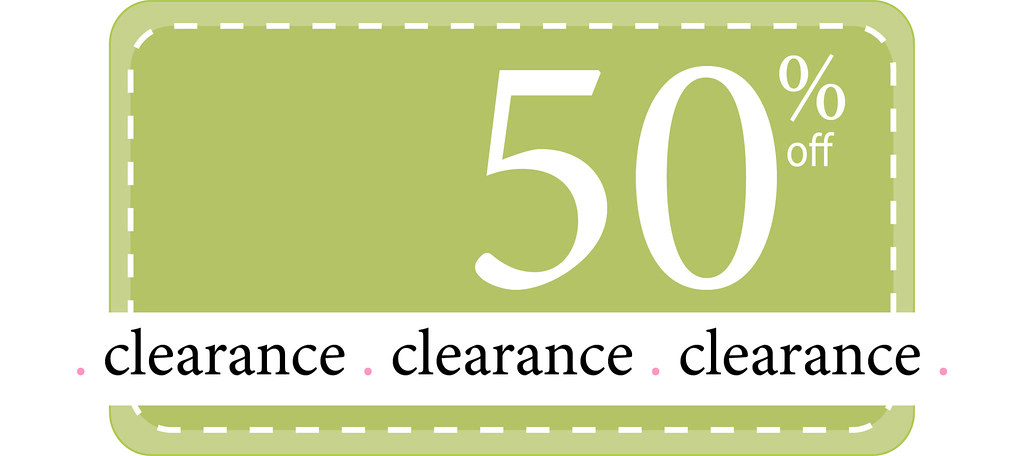
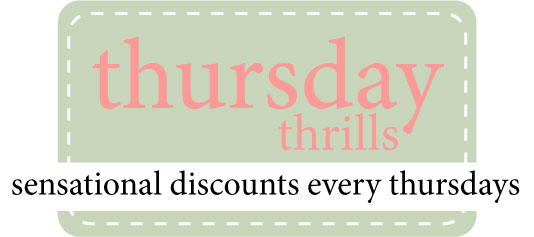




















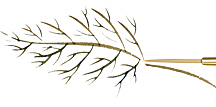





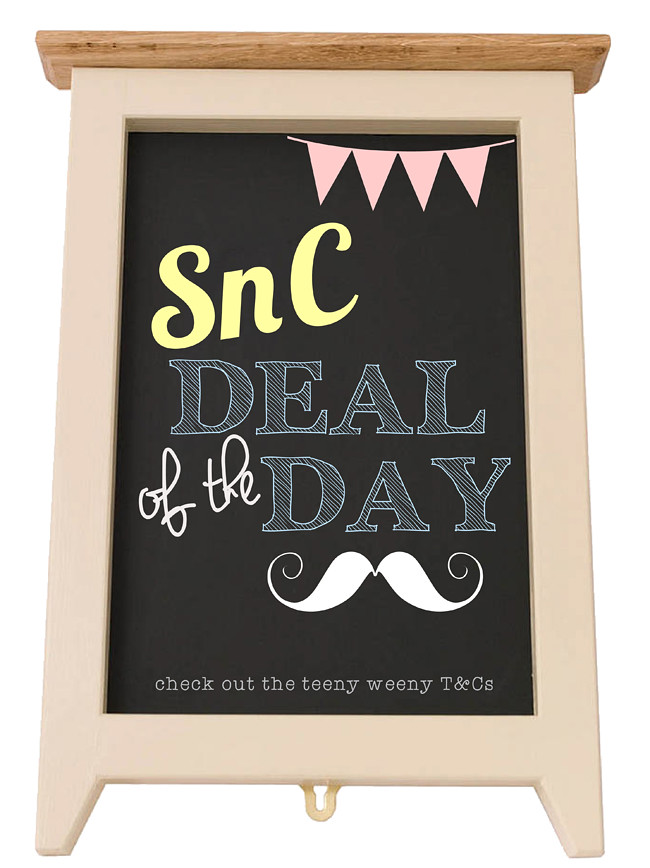
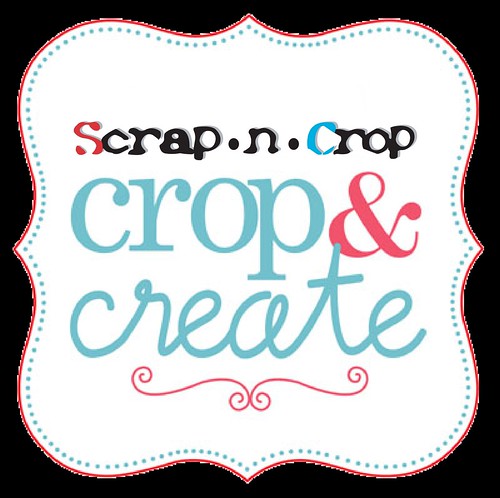








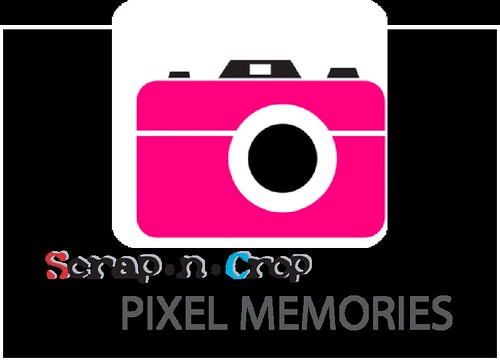
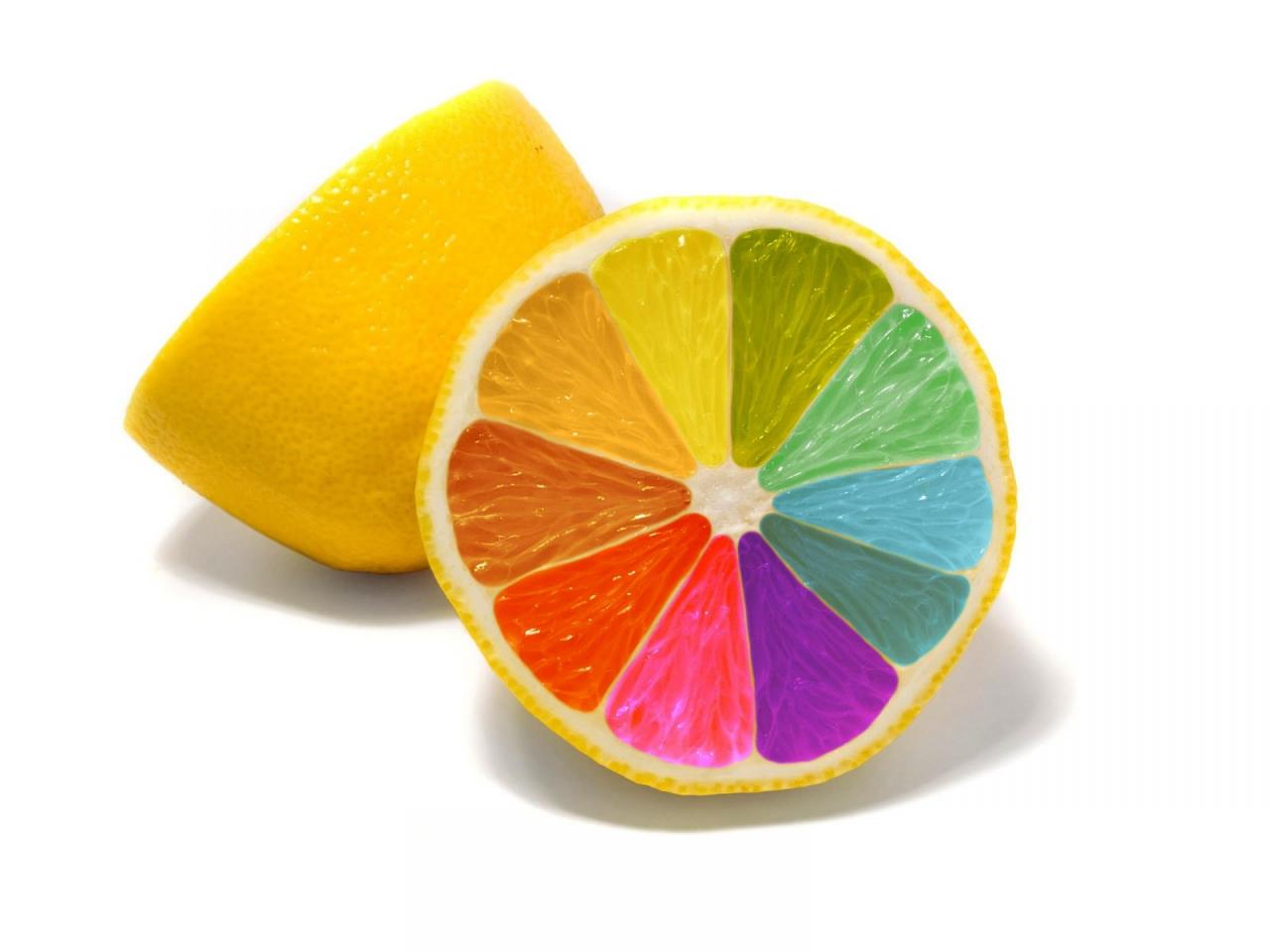

No comments:
Post a Comment